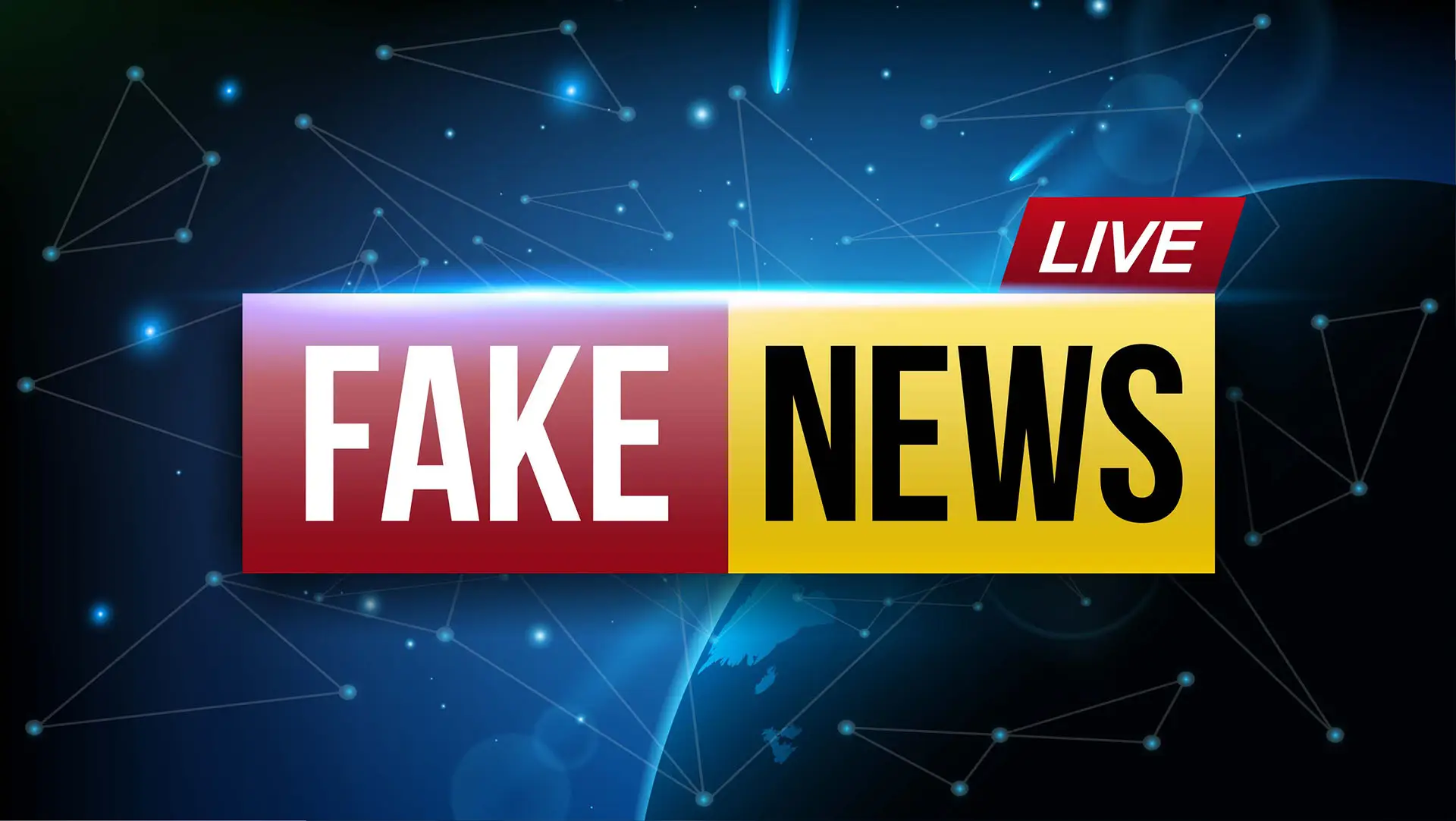Fake News and the General Election
Fake news—a term describing news stories that may contain a kernel of truth but are largely exaggerated or fabricated—has become a pervasive issue in the digital age. With the approach of the 2019 General Election, the political landscape has been awash with fake news stories, spreading like wildfire across social media platforms.
This surge of misinformation has brought fresh challenges for voters attempting to separate fact from fiction and for platforms tasked with policing the online space.
The Rise of Political Fake News
One particularly striking example involved Liberal Democrat leader Jo Swinson and her husband, Duncan Hames. They were accused of benefiting from EU grants linked to a company Mr Hames is a director of. Despite scant evidence, the story gained significant traction. According to the BBC, this piece of misinformation reached 248 Facebook Groups, garnered over 47,000 likes, comments and shares, and had an estimated reach of 1.5 million users.
Similarly, the Conservative Party faced criticism for sharing a doctored video of Labour MP Sir Keir Starmer. The clip was edited to make it appear as though he was flustered and unable to answer a question from Piers Morgan on Good Morning Britain. In reality, Starmer responded promptly and comprehensively. Conservative Party Chairman James Cleverly defended the post, claiming it was satire and that viewers could clearly see it was edited.
The Tories themselves have also been the target of fake news. Rumours circulated about Jacob Rees-Mogg and Boris Johnson allegedly profiting from a no-deal Brexit through so-called “Monster Crash” conspiracies.
The alarming reality is that fake news has become a tool employed—or endorsed—by various political factions, sowing confusion and mistrust among voters.
The Public’s Response to Political Fake News
While some voters have called for politicians to focus on their policies rather than resorting to smear tactics, others unwittingly amplify the problem by sharing false or misleading content. As fake news circulates, it becomes increasingly difficult for readers to discern the truth.
How to Spot Fake News
Fake news isn’t always blatant and some stories can be deceptively convincing. To help readers navigate the noise, Wikipedia offers a practical guide to identifying misinformation:
- Consider the Source: Understand the outlet’s mission and purpose.
- Read Beyond the Headline: Sensational headlines often mask misleading stories.
- Check the Authors: Ensure they are credible and real.
- Assess Supporting Sources: Verify if claims are backed by reliable evidence.
- Check the Date: Old stories might be irrelevant to current events.
- Ask if it’s a Joke: Satire can often be mistaken for factual reporting.
- Review Your Own Biases: Be aware of how personal beliefs may cloud your judgment.
- Ask Experts: Seek confirmation from knowledgeable, independent sources.
Social Media Platforms and the Fight Against Fake News
Social media giants have taken steps to combat the epidemic of fake news:
- Twitter: Banned political advertising altogether.
- Facebook: Tightened political ad rules, employed UK fact-checkers and removed content that violated terms.
- LinkedIn: Prevented 21.6 million fake accounts in the first half of 2019 alone.
Despite these efforts, organic (unpaid) fake news posts continue to spread, often going viral before they can be flagged or removed.
Who Should Be Responsible?
While social media platforms have a role to play, the responsibility shouldn’t rest solely on their shoulders. Politicians must take accountability for their actions and rise above mudslinging tactics. The behaviour we’re witnessing from some of those vying to lead our country raises serious questions about their integrity and respect for the public.
If they are willing to mislead us so blatantly during an election campaign, what does that say about their governance? These tactics only deepen public mistrust in politicians and institutions, creating a worrying precedent for future elections.
Fake News and the General Election
The spread of fake news during the General Election is a stark reminder of how misinformation can undermine democracy. As voters, it’s our responsibility to scrutinise the content we consume and share. Simultaneously, we must hold both politicians and social media platforms accountable for enabling the proliferation of falsehoods.
Ultimately, it’s up to all of us—voters, platforms and leaders alike—to combat the scourge of fake news and ensure that truth and transparency prevail.





